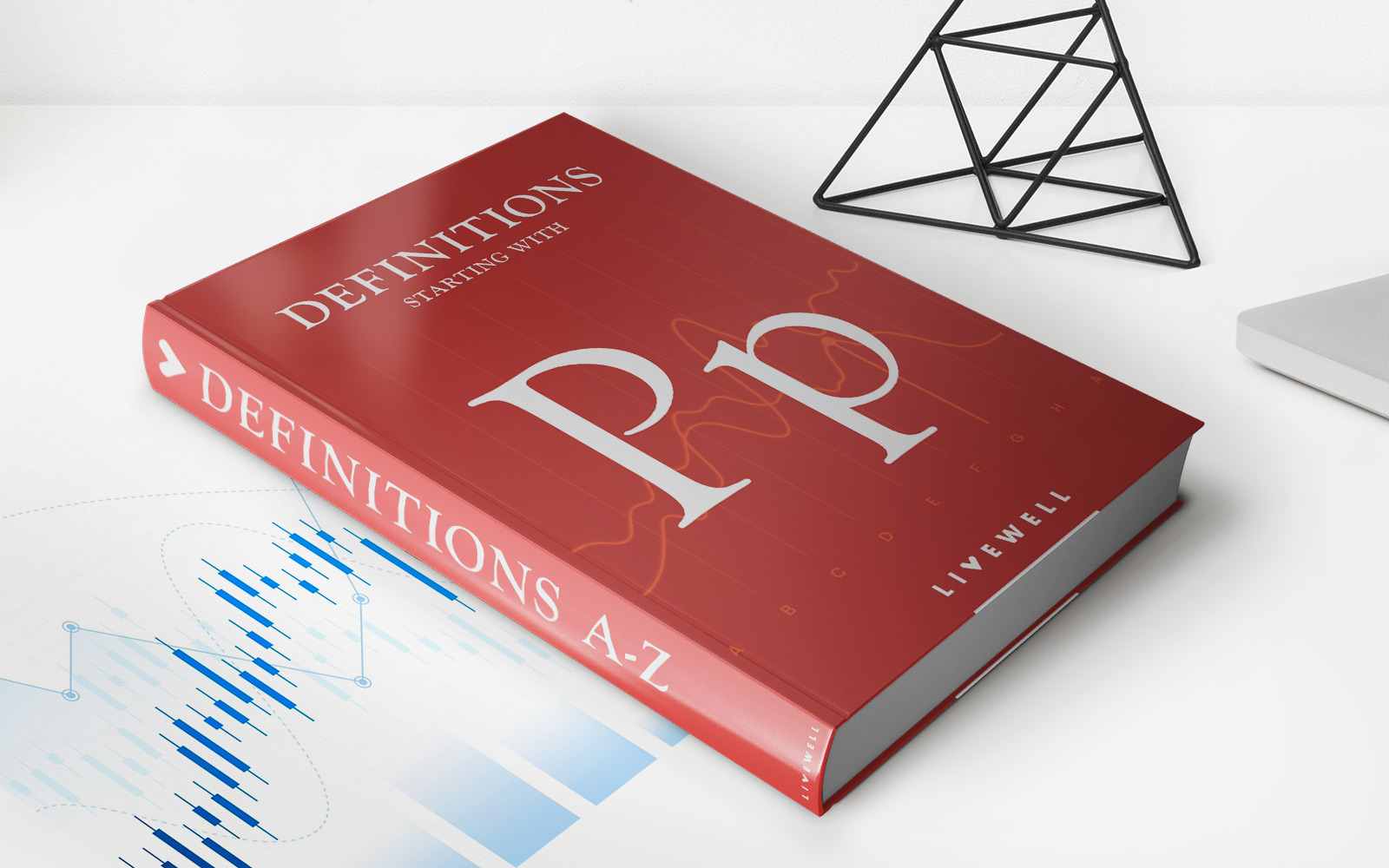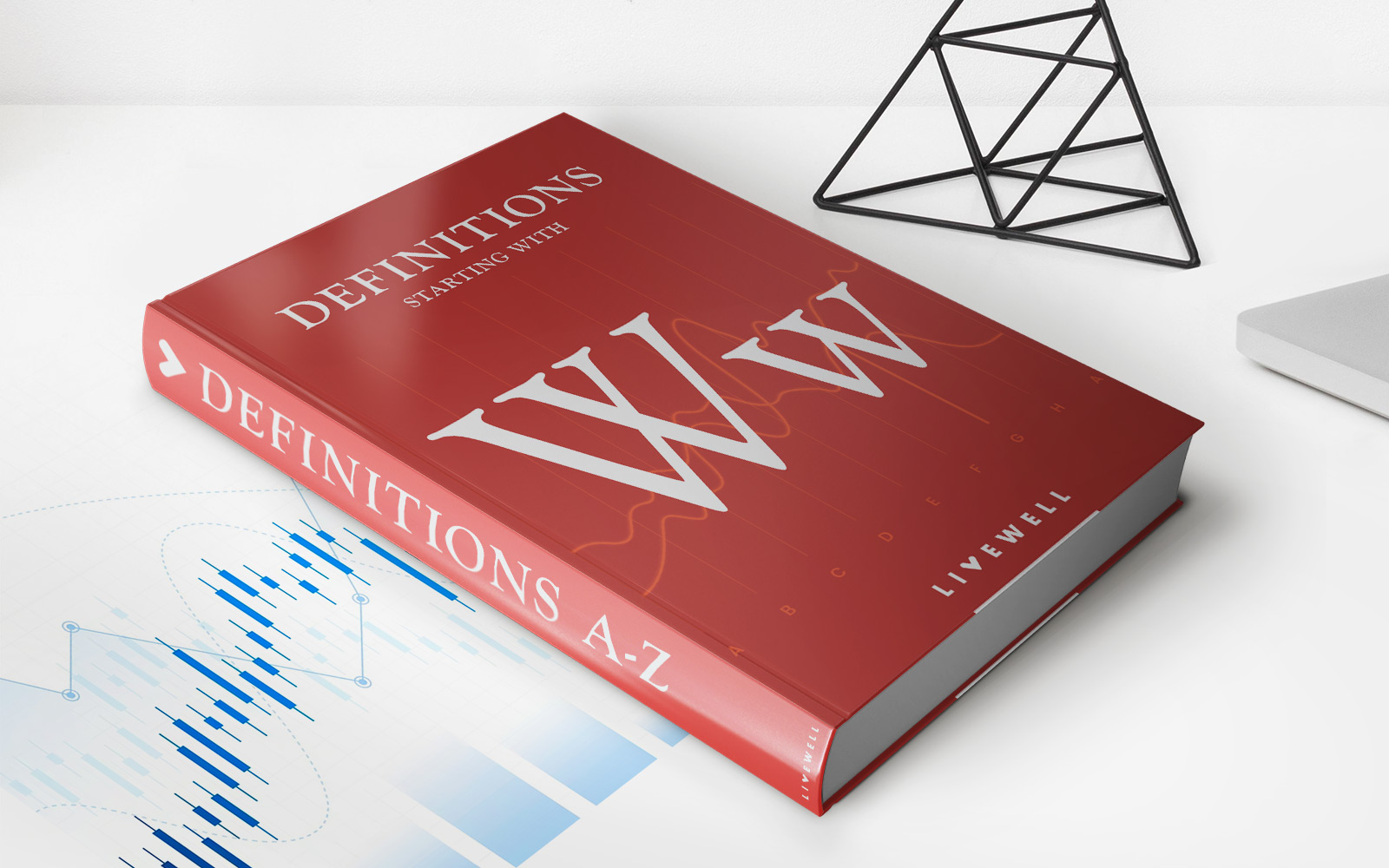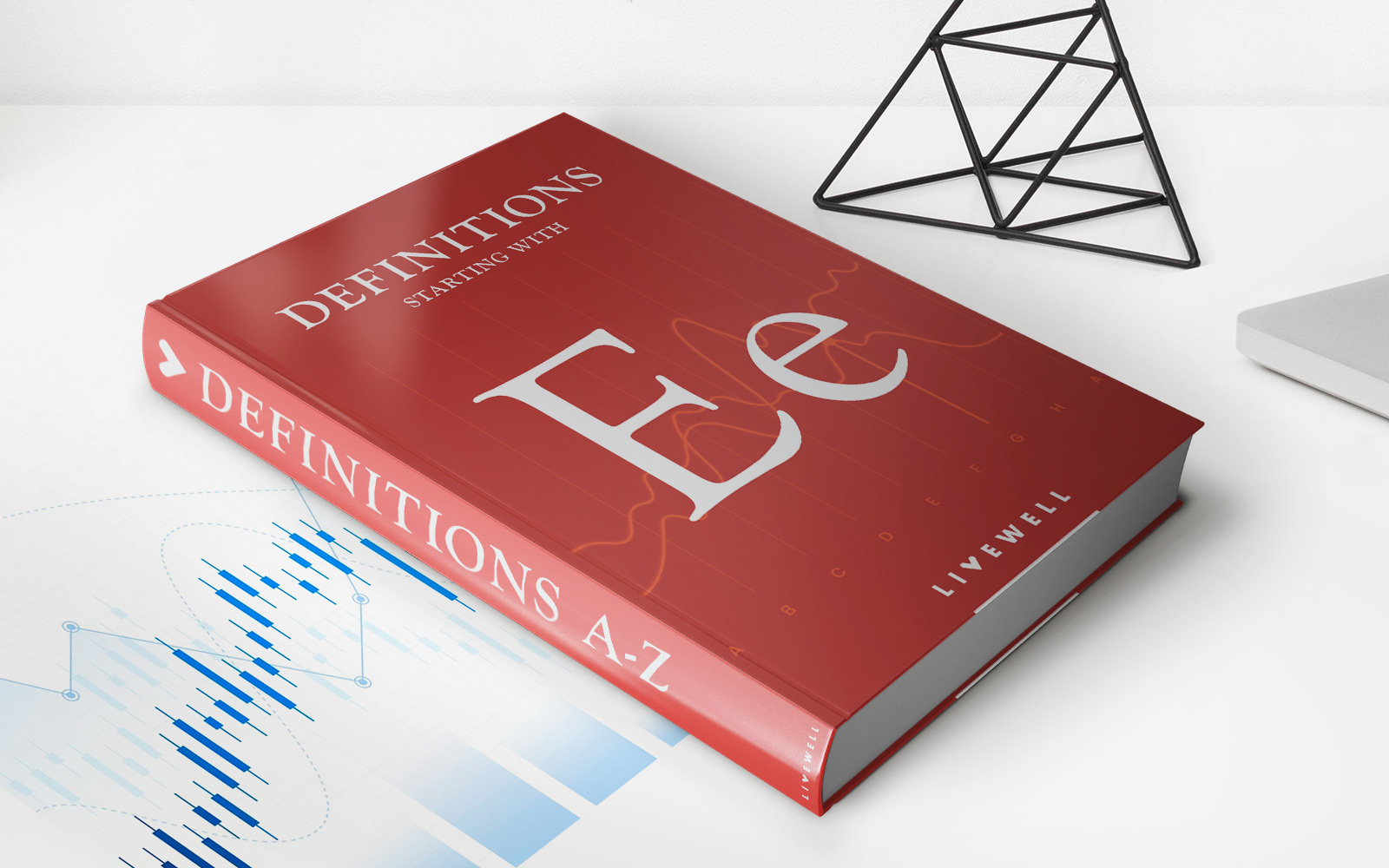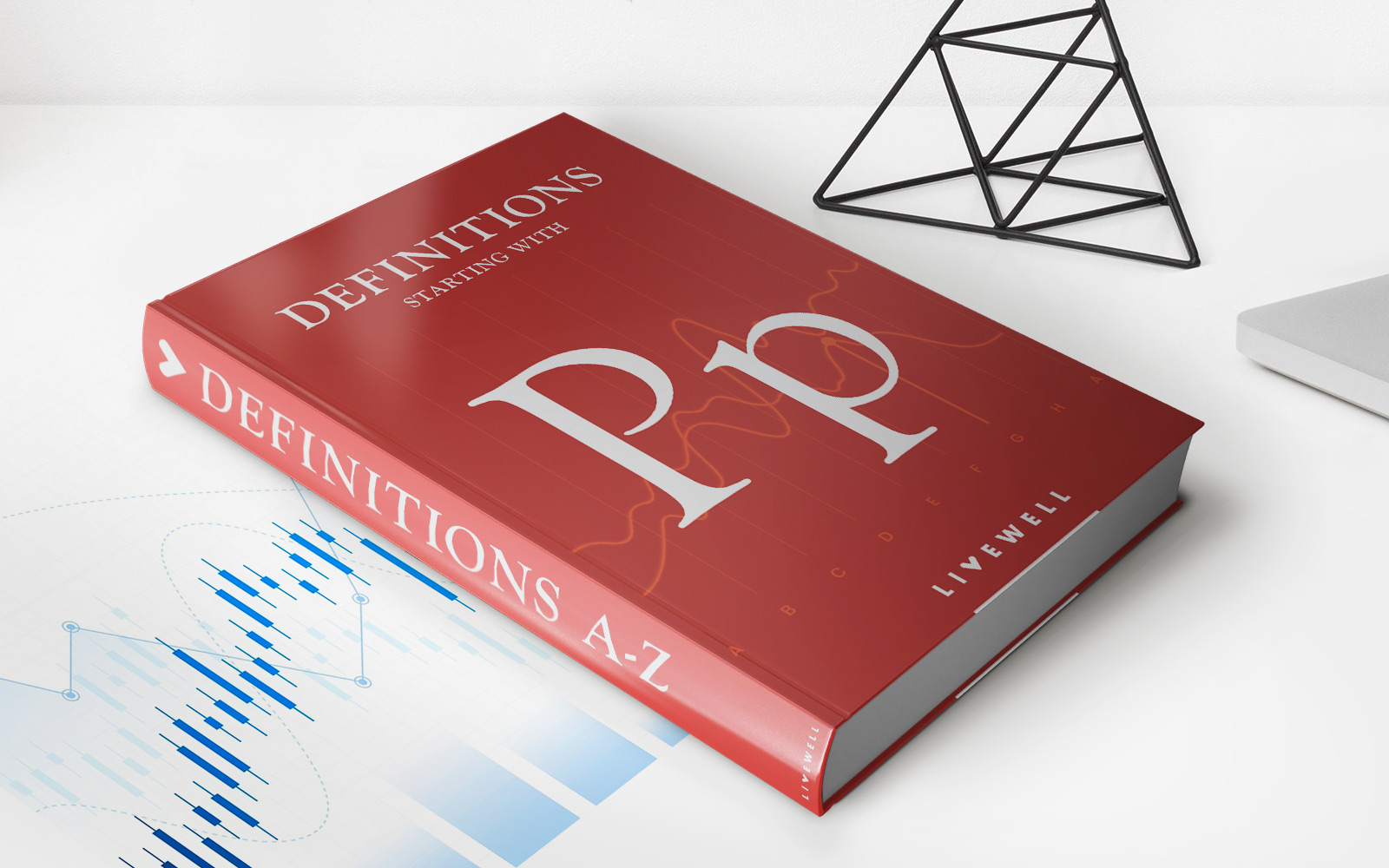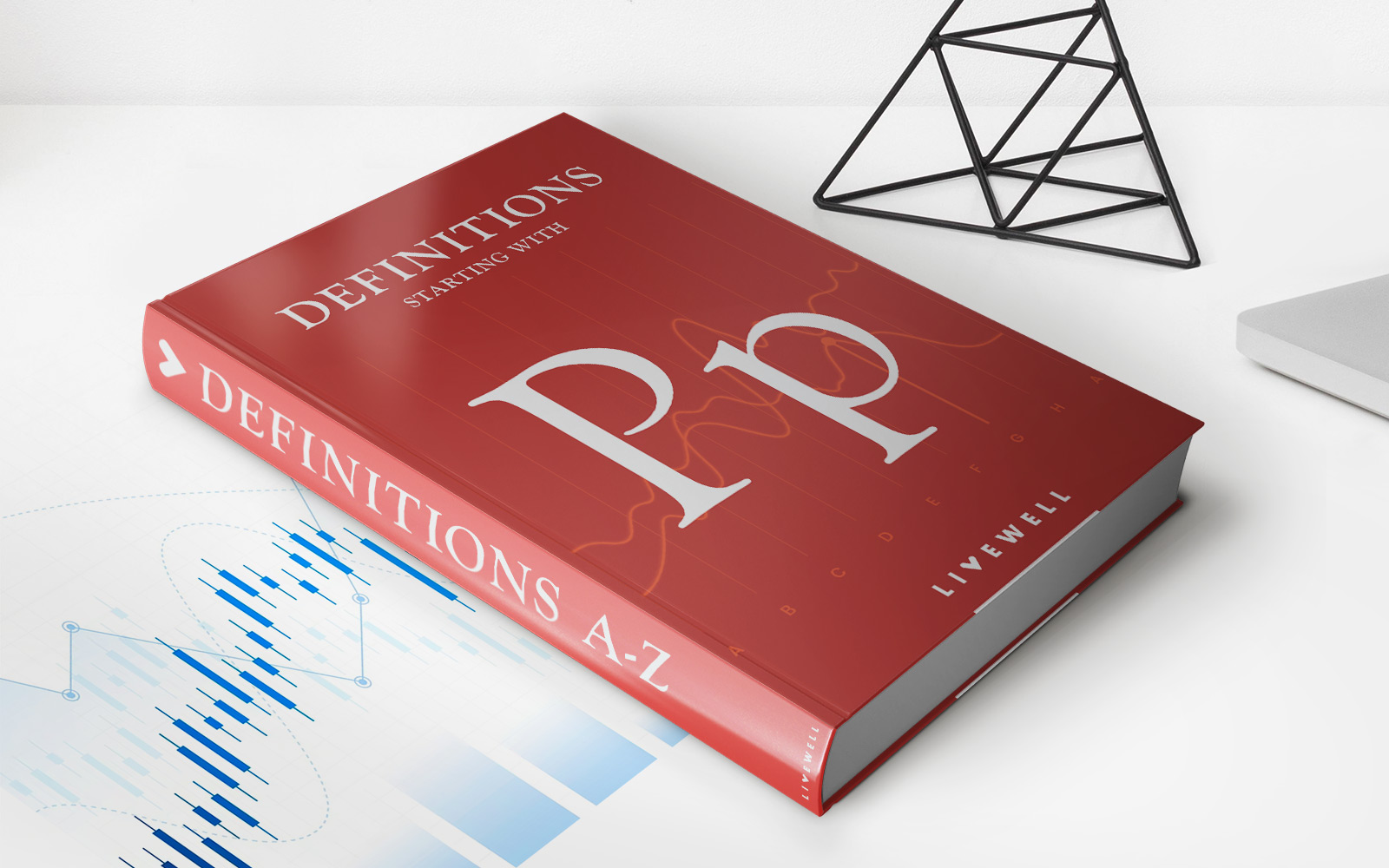Home>Finance>Constant Proportion Portfolio Insurance (CPPI): Definition, Uses


Finance
Constant Proportion Portfolio Insurance (CPPI): Definition, Uses
Published: November 1, 2023
Discover the concept and practical applications of Constant Proportion Portfolio Insurance (CPPI) in finance. Learn how CPPI can help manage risk and optimize investment portfolios.
(Many of the links in this article redirect to a specific reviewed product. Your purchase of these products through affiliate links helps to generate commission for LiveWell, at no extra cost. Learn more)
Constant Proportion Portfolio Insurance (CPPI): Definition, Uses
Welcome to our ‘Finance’ category where we bring you valuable insights on various financial topics. Today, we will be diving into the concept of Constant Proportion Portfolio Insurance (CPPI), a widely used investment strategy that aims to protect the downside risk while participating in the upside potential of the market. If you’re wondering what CPPI is and how it can benefit your investment portfolio, you’ve come to the right place.
Key Takeaways:
- Constant Proportion Portfolio Insurance (CPPI) is an investment strategy that dynamically adjusts the allocation of assets between risky and risk-free investments.
- CPPI offers downside protection by setting a floor value for the portfolio and adjusting the asset allocation accordingly.
So, what exactly is Constant Proportion Portfolio Insurance (CPPI)? In simple terms, it is an investment technique that allows investors to protect their portfolio against potential losses while still participating in the positive movements of the market. CPPI achieves this by dynamically adjusting the allocation of assets between risky assets (e.g., stocks) and risk-free assets (e.g., bonds).
CPPI works on the principle of setting a floor value for the portfolio, which serves as a cushion against any possible market downturns. By setting a floor, the investor ensures that a certain minimum value of the portfolio is maintained even if the market experiences a decline. This downside protection provides peace of mind to investors during volatile market conditions.
Now, let’s explore the uses of Constant Proportion Portfolio Insurance (CPPI):
- Wealth Preservation: CPPI helps investors preserve their wealth by safeguarding against potential losses. By setting a floor value, investors can establish a minimum level of assets they wish to retain, avoiding significant downturns in their portfolio.
- Participating in Market Upside: The beauty of CPPI is that it allows investors to participate in the upside potential of the market. By dynamically adjusting the asset allocation between risky and risk-free assets, investors can continue to benefit from the market’s positive movements while maintaining downside protection.
Constant Proportion Portfolio Insurance (CPPI) is a powerful strategy that combines downside protection with the opportunity for upside gains. It offers investors a way to navigate through unpredictable market conditions while preserving their wealth. Whether you’re a seasoned investor or new to the world of finance, considering CPPI as part of your investment strategy can be a wise decision.
Remember, it’s always essential to consult with a financial advisor or expert before implementing any investment strategy. They can provide personalized guidance and help tailor CPPI to fit your specific investment goals and risk tolerance.


